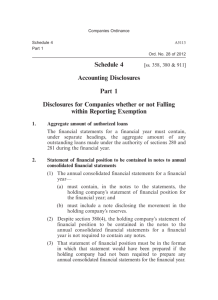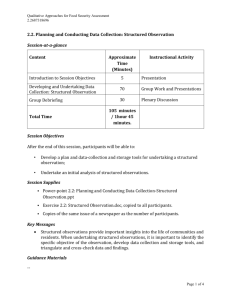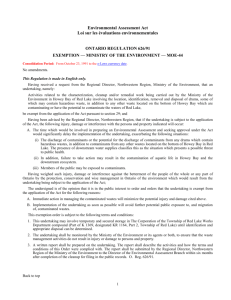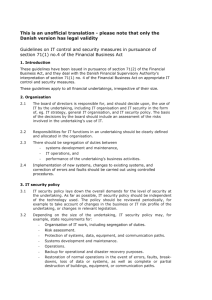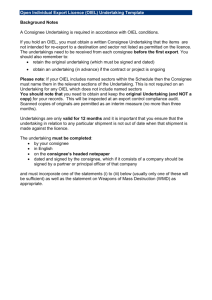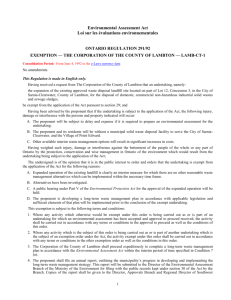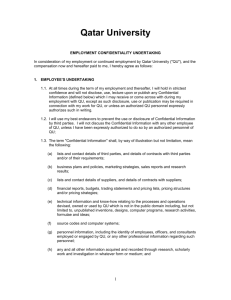Guidelines for Poster Session - The Mountain
advertisement
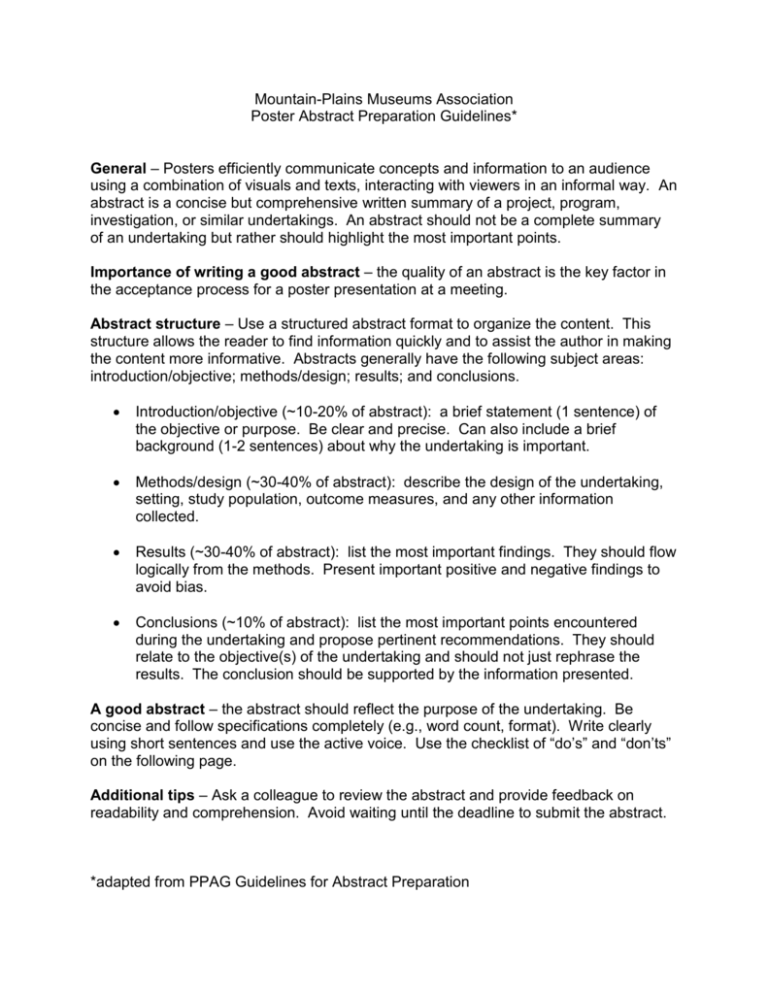
Mountain-Plains Museums Association Poster Abstract Preparation Guidelines* General – Posters efficiently communicate concepts and information to an audience using a combination of visuals and texts, interacting with viewers in an informal way. An abstract is a concise but comprehensive written summary of a project, program, investigation, or similar undertakings. An abstract should not be a complete summary of an undertaking but rather should highlight the most important points. Importance of writing a good abstract – the quality of an abstract is the key factor in the acceptance process for a poster presentation at a meeting. Abstract structure – Use a structured abstract format to organize the content. This structure allows the reader to find information quickly and to assist the author in making the content more informative. Abstracts generally have the following subject areas: introduction/objective; methods/design; results; and conclusions. Introduction/objective (~10-20% of abstract): a brief statement (1 sentence) of the objective or purpose. Be clear and precise. Can also include a brief background (1-2 sentences) about why the undertaking is important. Methods/design (~30-40% of abstract): describe the design of the undertaking, setting, study population, outcome measures, and any other information collected. Results (~30-40% of abstract): list the most important findings. They should flow logically from the methods. Present important positive and negative findings to avoid bias. Conclusions (~10% of abstract): list the most important points encountered during the undertaking and propose pertinent recommendations. They should relate to the objective(s) of the undertaking and should not just rephrase the results. The conclusion should be supported by the information presented. A good abstract – the abstract should reflect the purpose of the undertaking. Be concise and follow specifications completely (e.g., word count, format). Write clearly using short sentences and use the active voice. Use the checklist of “do’s” and “don’ts” on the following page. Additional tips – Ask a colleague to review the abstract and provide feedback on readability and comprehension. Avoid waiting until the deadline to submit the abstract. *adapted from PPAG Guidelines for Abstract Preparation Abstract Do’s and Don’ts Do: Create a concise title that is interesting and descriptive of the undertaking. Limit use of abbreviations; define them on their first use. State objective(s) clearly in the introduction/background section. Make sure results relate to stated method. Relate the conclusion(s) to the objective(s) of the undertaking. Base conclusion(s) on the results of the undertaking. Use clear and concise wording. Develop the abstract fully by striving to reach the allotted word count. Use the active voice rather than the passive voice. Write the abstract as a single paragraph. Read and follow all abstract specifications. Have a colleague proofread the abstract. Don’t: Repeat the title or paraphrase the title in the abstract’s objective(s). Include abbreviations in the abstract title. Use such phrases “This poster is/will/would/addresses…” or “This poster includes….” Or “Included in this poster….” or “This poster session will…” Use future tense (e.g., “The purpose will be…” Use contractions. Use personal pronouns (e.g., I, we, our). Overuse terms or acronyms. Have a conclusion that is not supported by the information presented. Include figures, tables, or reference citations. Include authors who have not contributed significantly to the undertaking. Exceed the allotted word count.


